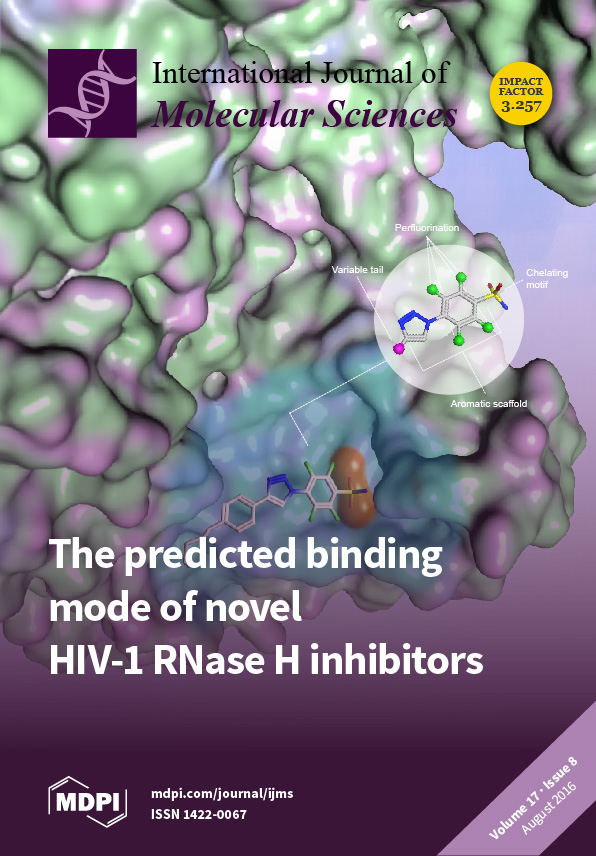Open AccessArticle
The FKBP5 Gene Affects Alcohol Drinking in Knockout Mice and Is Implicated in Alcohol Drinking in Humans
by
Bin Qiu 1, Susan E. Luczak 2, Tamara L. Wall 3,4,5, Aaron M. Kirchhoff 6, Yuxue Xu 1, Mimy Y. Eng 5, Robert B. Stewart 7, Weinian Shou 8, Stephen L. Boehm 7, Julia A. Chester 9, Weidong Yong 1,8,* and Tiebing Liang 10,*
1
Institute of Laboratory Animal Science, Chinese Academy of Medical Sciences (CAMS), Peking Union Medical College (PUMC), Beijing 100021, China
2
Department of Psychology, University of Southern California, Los Angeles, CA 90089, USA
3
Department of Psychiatry, University of California, San Diego, CA 92037, USA
4
Psychology Service, Veterans Affairs San Diego Healthcare System, San Diego, CA 92161, USA
5
Veterans Medical Research Foundation, San Diego, CA 92161, USA
6
Immunology and Microbial Science Department, Research Technician, The Scripps Research Institute, Scripps Clinic South Driveway, La Jolla, CA 92037, USA
7
Department of Psychology, Indiana University-Purdue University Indianapolis, Indianapolis, IN 46202, USA
8
Departments of Pediatrics and Medicine, Indiana University School of Medicine, Indianapolis, IN 46202, USA
9
Department of Psychological Sciences, Purdue University, West Lafayette, IN 47907, USA
10
Department of Medicine, Indiana University School of Medicine Gatch Hall, Indianapolis, IN 46202, USA
Cited by 25 | Viewed by 11214
Abstract
FKBP5 encodes FK506-binding protein 5, a glucocorticoid receptor (GR)-binding protein implicated in various psychiatric disorders and alcohol withdrawal severity. The purpose of this study is to characterize alcohol preference and related phenotypes in
Fkbp5 knockout (KO) mice and to examine the role of
[...] Read more.
FKBP5 encodes FK506-binding protein 5, a glucocorticoid receptor (GR)-binding protein implicated in various psychiatric disorders and alcohol withdrawal severity. The purpose of this study is to characterize alcohol preference and related phenotypes in
Fkbp5 knockout (KO) mice and to examine the role of
FKBP5 in human alcohol consumption. The following experiments were performed to characterize
Fkpb5 KO mice. (1)
Fkbp5 KO and wild-type (WT) EtOH consumption was tested using a two-bottle choice paradigm; (2) The EtOH elimination rate was measured after intraperitoneal (IP) injection of 2.0 g/kg EtOH; (3) Blood alcohol concentration (BAC) was measured after 3 h limited access of alcohol; (4) Brain region expression of
Fkbp5 was identified using LacZ staining; (5) Baseline corticosterone (CORT) was assessed. Additionally, two SNPs,
rs1360780 (C/T) and
rs3800373 (T/G), were selected to study the association of
FKBP5 with alcohol consumption in humans. Participants were college students (
n = 1162) from 21–26 years of age with Chinese, Korean or Caucasian ethnicity. The results, compared to WT mice, for KO mice exhibited an increase in alcohol consumption that was not due to differences in taste sensitivity or alcohol metabolism. Higher BAC was found in KO mice after 3 h of EtOH access.
Fkbp5 was highly expressed in brain regions involved in the regulation of the stress response, such as the hippocampus, amygdala, dorsal raphe and locus coeruleus. Both genotypes exhibited similar basal levels of plasma corticosterone (CORT). Finally, single nucleotide polymorphisms (SNPs) in
FKBP5 were found to be associated with alcohol drinking in humans. These results suggest that the association between
FKBP5 and alcohol consumption is conserved in both mice and humans.
Full article
►▼
Show Figures






